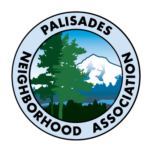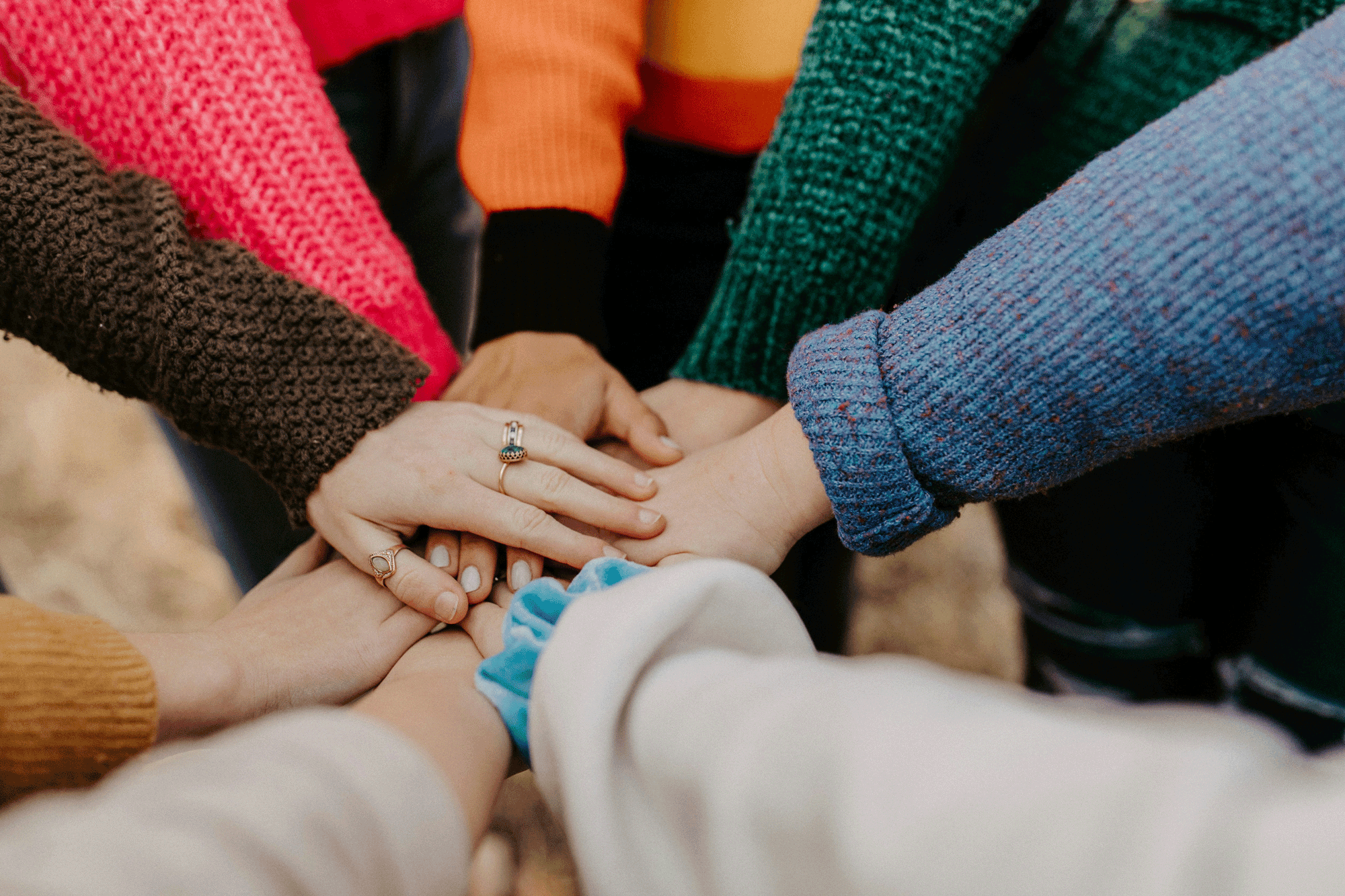It’s that time of year, where summer is coming to an end and fall is right around the corner. Many are gearing up for the changing of the seasons, and the most anticipated spooky Halloween holiday to kick off the holiday festivities, but doing so can often come at a price, both for the planet and the pocket. That’s why having a more sustainable approach is a win win. Here’s 5 ways you can be more sustainable this Halloween.
- Pumpkins
What better way to celebrate Halloween but to visit a local pumpkin patch. Not only are the festivities fun for all, but by supporting local businesses, the money stays within the community. Opting for real pumpkins is the sustainable choice, not only does it support small local businesses, but the seeds can be carved out and roasted, and the pumpkins can be composted after the holiday. Many pumpkins are actually edible as well, so eat up! Now that’s a zero waste decor option at it’s finest. - Halloween costumes
No matter what age, there’s something about dressing up to be something other than yourself for one day of the year… Am I right?! Costumes are typically pretty pricey seeing as though they are normally only worn once. Since they have such short life, buying them secondhand is a score. Local buy nothing groups, hand me downs from friends and family and local second hand shops are always flooding with amazing costume finds this time of year. And if one finds themselves with a creative side, handmade costumes are all the rage. Opt for natural fibers when choosing to buy or make new costumes to help avoid toxic chemical exposure both for oneself and the planet. Costumes are also great for year-round dress up play. - Halloween decorations
There are so many ways to decorate for Halloween and have it be both more sustainable for the planet and pocket-friendly. The easiest way is to keep the word ‘natural’ in mind. For example, use real pumpkins, haystacks, fresh flowers, non-toxic candles, dried flowers, be creative, and buy second hand. - Halloween candy
Oh the most loved and dreaded Halloween Candy. One day of indulging turns into months of candy hidden in the most obscure unreachable place, in hopes that you and the children forget that it even existed. There are a few ways to make this a less sugary process, by focusing on healthier candy options, less is more, and even opting for a non-candy option. Not only is that mini box of raisins a sustainable packaging approach, but it’s sure to be the healthier option amongst most in the candy pile. It may not be the most popular item in the bag, but the more we make these type of options the norm, the less unpopular it will become. So go ahead and toss in that cutie tangerine, box of raisins, Halloween bookmark, pumpkin pencil and eraser… more parents will love you for it. If candy and chocolate are on the menu this Halloween, opt for foil, cardboard and paper packaging. Due to deforestation, avoiding palm oil and opting for sustainable chocolates (fairtrade and rainforest alliance) is another great way to push your sustainability efforts even further. Tony’s Chocolonely sells fairtrade chocolate, individually wrapped minis, 100 for under $50. Alter Eco is another great option for sustainable chocolates, 60 individually wrapped truffles for under $50. Buying bulk also is a great way to be more sustainable. - Recycling & minimizing waste
Let’s face it, waste happens, so check out Ridwell recycling. Great for candy wrappers, unsalvageable threads and much more. Donating unopened Halloween candy to organizations such as; sending treats to soldiers, first responders, or even local community drives, is also a great option.


